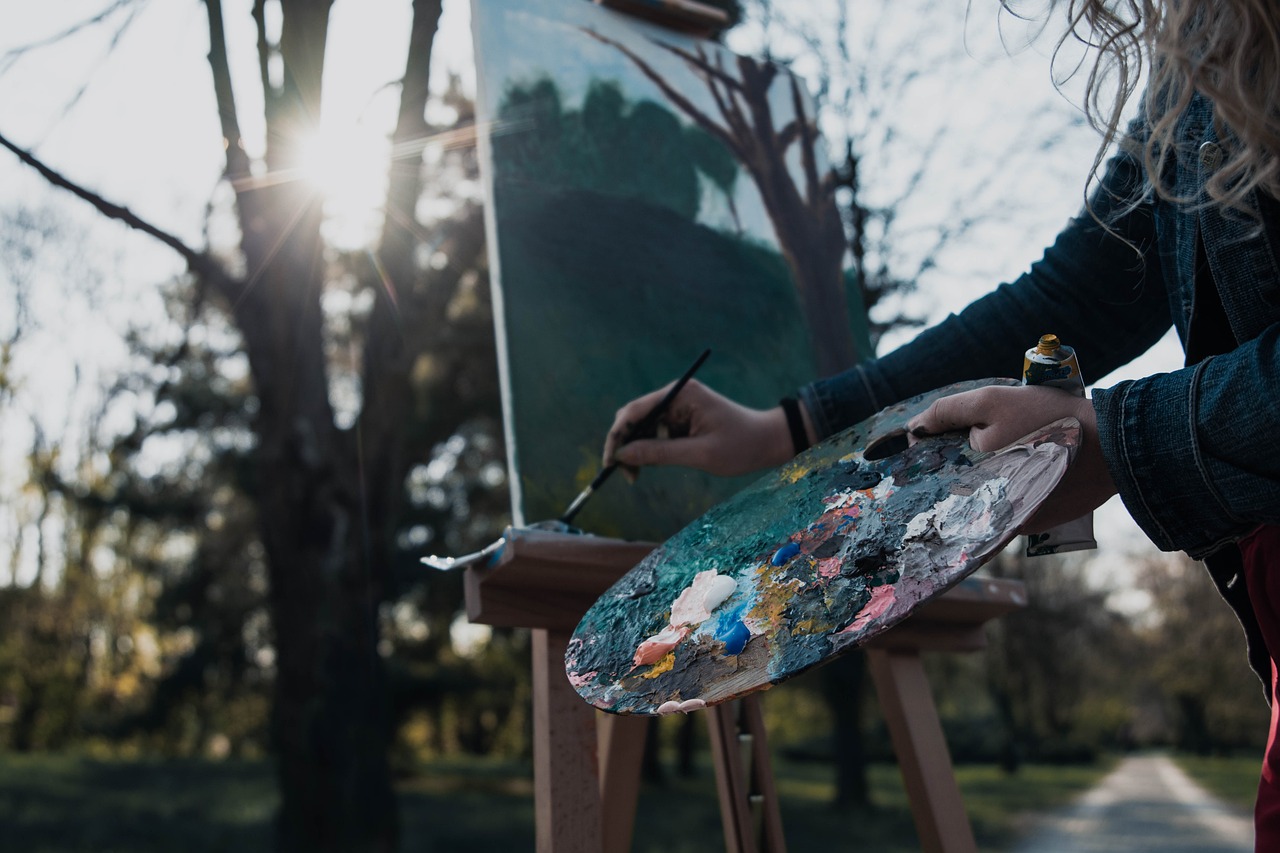Workmanship sweethearts have for some time been spellbound by the appeal of gilded paintings. These lovely bits of craftsmanship are embellished with gold leaf or gold paint, making a dazzling enhanced visualization. The utilization of gold in work of art goes back hundreds of years and keeps on being a well known decision for specialists looking to add a dash of extravagance to their manifestations. In this article, we will dive into the universe of gilded paintings, investigating their set of experiences, procedures, and importance in the craftsmanship world.
The Historical backdrop of Gilded Paintings
Gilded paintings have a rich history that traverses across various societies and time spans. The act of plating traces all the way back to antiquated civic establishments like the Egyptians, Greeks, and Romans, who involved gold leaf in their work of art to represent abundance, power, and heavenliness. In the Medieval times, plating turned into a typical procedure in strict craftsmanship, with specialists enhancing symbols, altarpieces, and compositions with gold leaf to summon a feeling of veneration and otherworldliness.
During the Renaissance, plating arrived at new levels of ubiquity, with craftsmen like Leonardo da Vinci and Michelangelo integrating gold leaf into their magnum opuses. The Florid and Lavish periods additionally embraced the utilization of gold in craftsmanship, with intricate gilded outlines and improving themes enhancing paintings and figures.
In the nineteenth hundred years, the specialty of overlaying encountered a recovery with the ascent of the Stylish development, which looked to underscore the magnificence and improving allure of workmanship. Specialists like Gustav Klimt and Alphonse Mucha were known for their utilization of gold leaf in their paintings, making lavish and extravagant works that enraptured crowds.
Procedures of Plating
There are a few procedures used to make gilded paintings, each requiring accuracy and expertise to accomplish the ideal impact. One normal strategy is water overlaying, where a slim layer of cement, known as gesso, is applied to the outer layer of the craftsmanship before the gold leaf is painstakingly positioned and polished to make a smooth, glossy completion.
Another procedure is oil plating, where the gold leaf is applied straightforwardly onto the canvas utilizing a cement produced using oil and tar. This strategy considers more noteworthy control and adaptability in how the gold is applied, bringing about a more finished and nuanced finish.
In contemporary craftsmanship, specialists have kept on exploring different avenues regarding plating procedures, joining customary strategies with current materials and advances to make creative and novel gilded paintings. A few craftsmen utilize gold paint or metallic colors to imitate the vibe of gold leaf, while others integrate gold leaf into blended media works of art for a multi-layered impact.



